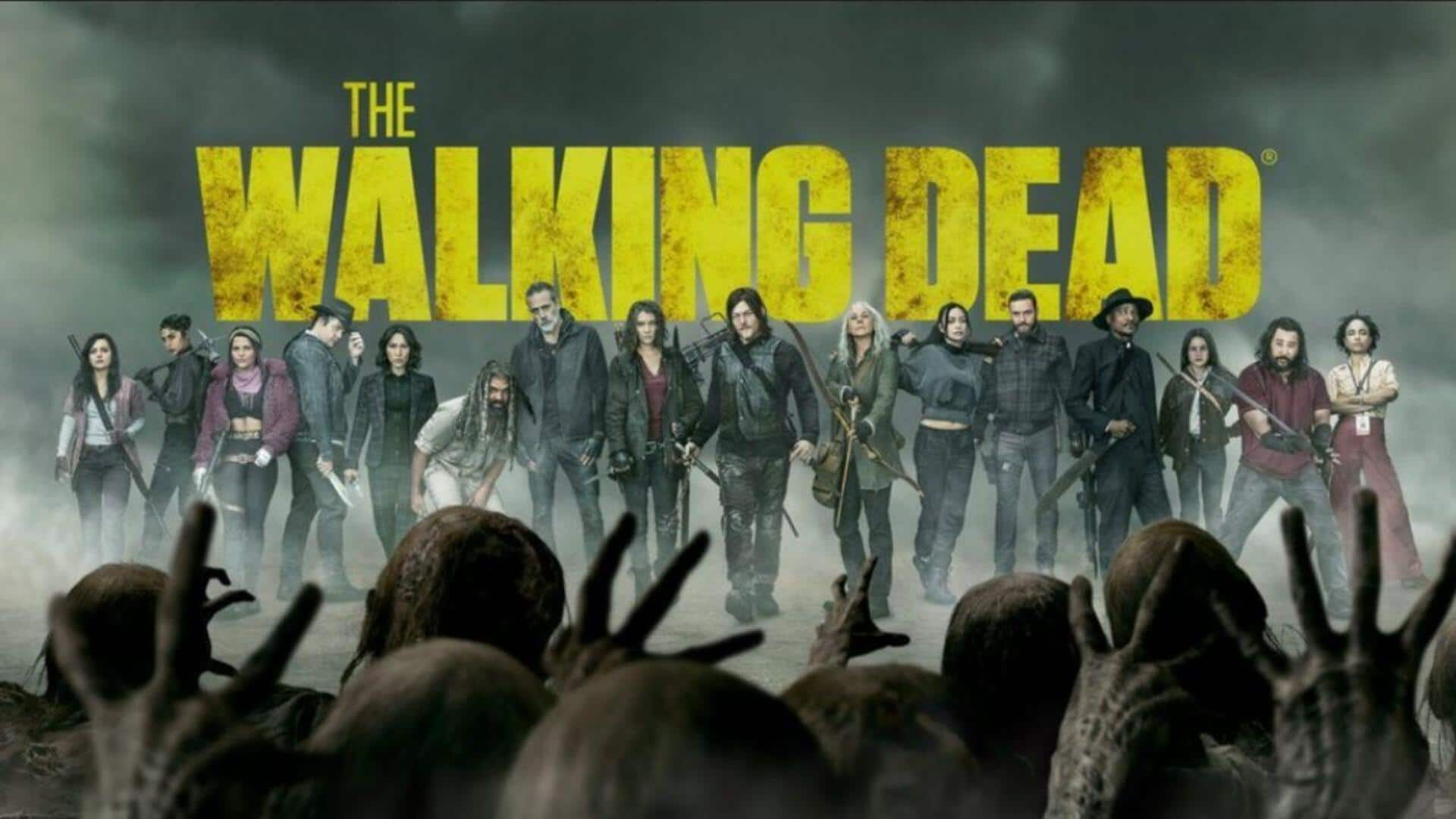
Hidden struggles that shaped 'The Walking Dead' finale
What's the story
The finale of The Walking Dead ended an era, leaving fans across the world enthralled. But behind the scenes, the team was faced with challenges and made creative decisions, which now explains the effort that went into the last episodes. Here's what the complexities of ending such an iconic series look like from the inside: filming hurdles, special effects, cast reflections, script adjustments, and fan influences.
#1
Filming challenges faced by the crew
While filming The Walking Dead's finale, the crew faced a number of logistical challenges. The weather was unpredictable, causing delays and pushing them to adjust their shooting schedules. Also, ensuring continuity with past episodes was important, which meant paying meticulous attention to detail to set design and character appearances. These hurdles tested the team's resilience but ultimately led to a seamless final product that stayed true to the show's essence.
#2
Special effects and makeup secrets
Special effects and makeup were instrumental in establishing The Walking Dead's spooky aura. For the finale, the artists brought in new techniques to enhance realism. They carefully created prosthetics for major scenes and employed digital effects minimally to maintain authenticity. This combination of practical and digital artistry made way for a visually captivating finish, leaving no room for compromise on quality.
#3
Script changes during production
Script changes are pretty common in TV production, and The Walking Dead's finale was no different. The writers made a few last-minute changes, based on the character development arcs set in earlier seasons. These changes were aimed at providing closure but leaving room for spin-offs/future projects in this universe, a testament to how dynamic storytelling can get, even at the end.